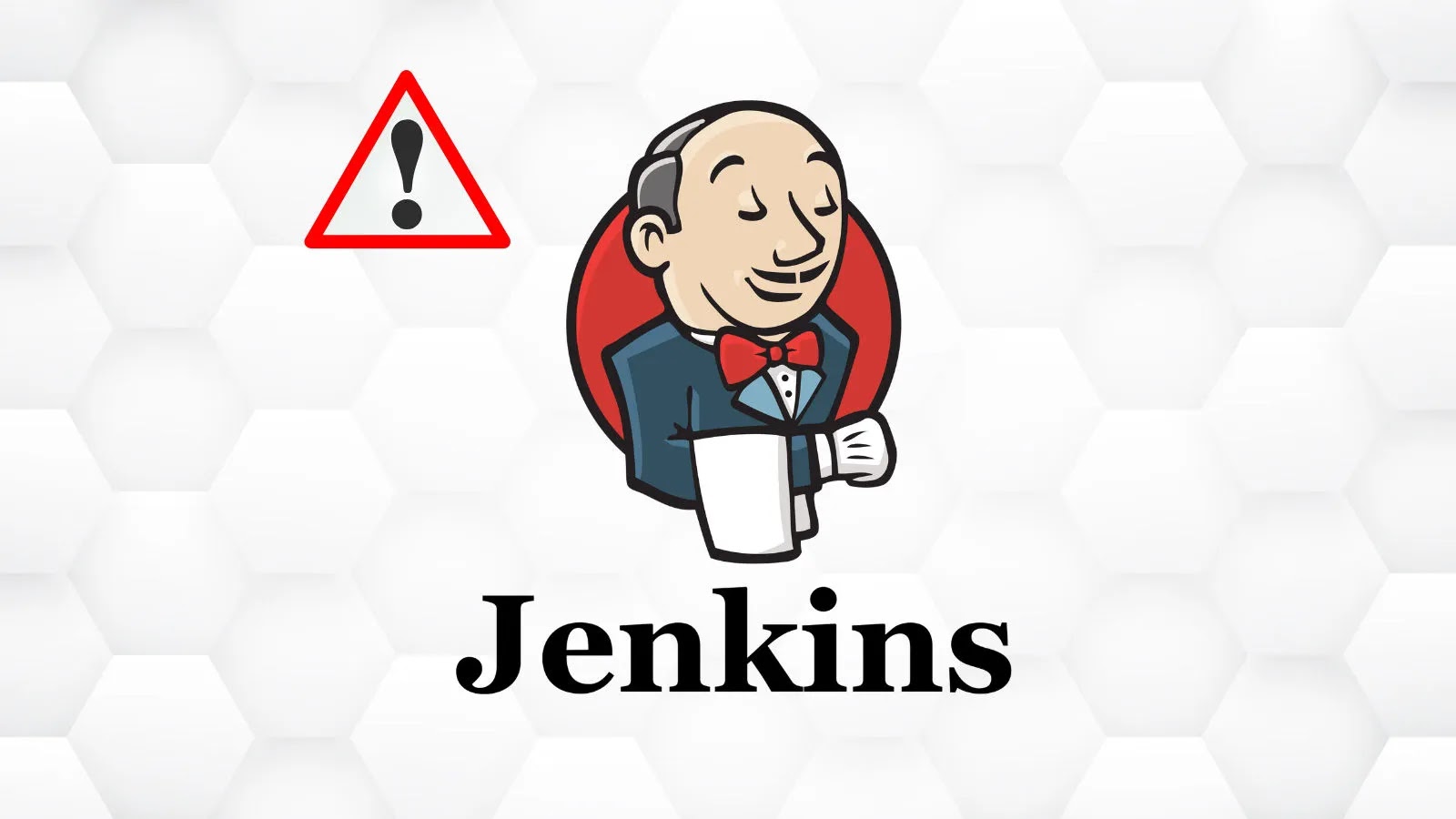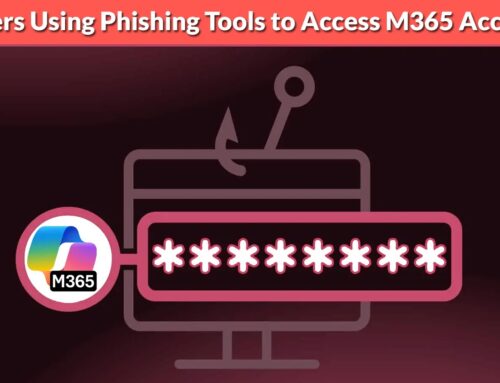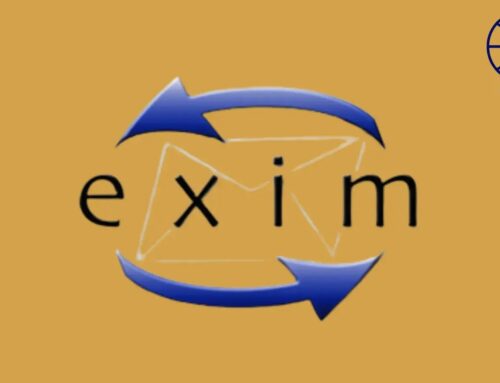
Multiple Jenkins Vulnerability SAML Authentication Bypass And MCP Server Plugin Permissions
The gears of innovation often turn on robust automation, and for countless organizations, Jenkins is the engine powering their continuous integration and continuous delivery (CI/CD) pipelines. But what happens when that engine develops critical vulnerabilities? A recent security advisory from the Jenkins project, dated October 28, 2025, sent ripples through the cybersecurity community, revealing a concerning array of flaws across 13 plugins. These weaknesses, ranging from high-severity authentication bypasses to dangerous permission misconfigurations and even credential exposures, threaten to expose enterprise CI/CD environments to unauthorized access and potential code execution. Understanding these vulnerabilities and acting swiftly is paramount for maintaining the integrity and security of your development lifecycle.
Understanding the Jenkins Vulnerability Landscape
The Jenkins Security Advisory 2025-10-29 shines a spotlight on a critical need for vigilance within CI/CD ecosystems. The disclosed vulnerabilities aren’t isolated incidents but rather a collection of weaknesses that, in combination, present significant risks. While the initial report from Cybersecurity News highlights two critical fixes already available, the sheer number of affected plugins underscores the systemic importance of regular security reviews and timely patch management for any organization relying on Jenkins.
SAML Authentication Bypass: A Gateway for Attackers
One of the most concerning revelations is a SAML authentication bypass vulnerability. SAML (Security Assertion Markup Language) is a cornerstone for single sign-on (SSO) strategies, allowing users to authenticate once and gain access to multiple applications. A bypass in such a fundamental authentication mechanism means that attackers could potentially circumvent established identity verification processes. This could grant unauthorized individuals access to Jenkins instances, leading to data theft, pipeline manipulation, or the injection of malicious code into development cycles. Organizations relying on SAML for Jenkins authentication must prioritize patching and verification.
MCP Server Plugin Permissions: The Peril of Over-Privilege
Another significant area of concern involves permission misconfigurations within the MCP (Minecraft Coder Pack) Server Plugin. While the specific details of this vulnerability are still emerging, permission flaws typically allow users or processes to execute actions or access resources they shouldn’t. In the context of a Jenkins plugin, this could translate to a lower-privileged user gaining administrative control, modifying server configurations, or accessing sensitive build artifacts. Such a scenario represents a severe risk, as an attacker exploiting this could gain deep control over the build environment, potentially compromising production systems.
Further Vulnerabilities and Credential Exposure Risks
Beyond the SAML bypass and MCP Server Plugin issues, the advisory details a spectrum of other vulnerabilities across the 13 affected plugins. These often include various forms of arbitrary code execution, cross-site scripting (XSS), and, alarmingly, credential exposure. Credential exposure is particularly dangerous as it can lead to a cascading compromise, where credentials stolen from one system are then used to access others, expanding the attacker’s reach across the enterprise network. Each of these vulnerabilities, regardless of its specific nature, contributes to an increased attack surface for Jenkins environments.
Remediation Actions
Addressing these vulnerabilities requires a proactive and systematic approach. Timely intervention is crucial to safeguard your CI/CD pipelines.
- Immediate Patching: Prioritize installing all available security updates for Jenkins controllers and affected plugins. Specifically, check the Jenkins project’s official security advisories for patches related to the SAML authentication bypass and MCP Server Plugin. Keep an eye on new CVEs as they are assigned for these issues.
- Plugin Audit and Pruning: Regularly review all installed Jenkins plugins. Remove any unnecessary or deprecated plugins to minimize the attack surface. Ensure all remaining plugins are up-to-date.
- Least Privilege Principle: Implement the principle of least privilege for all Jenkins users and service accounts. Grant only the minimum necessary permissions required for tasks. Regularly review and revoke excessive privileges.
- Strong Authentication and Authorization: Reinforce authentication mechanisms. If using SAML, verify its secure configuration post-patch. Consider implementing multi-factor authentication (MFA) for all Jenkins access.
- Network Segmentation: Isolate Jenkins instances and related infrastructure within your network. Implement strict firewall rules to limit access to Jenkins servers only from trusted sources.
- Regular Security Scans: Conduct regular vulnerability scans of your Jenkins environments, including both the Jenkins core and installed plugins. Use static application security testing (SAST) and dynamic application security testing (DAST) tools on your code and deployed applications.
- Monitor and Log: Implement robust logging and monitoring for all Jenkins activities. Look for unusual login attempts, unauthorized access patterns, and suspicious command executions. Integrate Jenkins logs with a Security Information and Event Management (SIEM) system.
Relevant Tools for Detection and Mitigation
Leveraging the right tools can significantly enhance your ability to detect and mitigate these Jenkins vulnerabilities.
| Tool Name | Purpose | Link |
|---|---|---|
| Jenkins Security Advisor | Automated security best practice recommendations for Jenkins. | https://plugins.jenkins.io/cloudbees-jenkins-security-advisor/ |
| OWASP ZAP | Dynamic Application Security Testing (DAST) for finding vulnerabilities in web applications, including Jenkins UI. | https://www.zaproxy.org/ |
| Nessus | Vulnerability scanner for identifying insecure configurations and known vulnerabilities in systems and applications, including Jenkins. | https://www.tenable.com/products/nessus |
| SonarQube | Static Application Security Testing (SAST) for analyzing code quality and security vulnerabilities in the source code of Jenkins plugins or project code. | https://www.sonarqube.org/ |
| Jenkins Configuration as Code (JCasC) | For standardizing and managing Jenkins configurations securely, reducing manual misconfigurations. | https://plugins.jenkins.io/configuration-as-code/ |
Looking Ahead: The Imperative of Continuous Security
The Jenkins Security Advisory 2025-10-29 serves as a stark reminder that even the most widely adopted and trusted open-source tools require continuous vigilance. The disclosed vulnerabilities, notably the SAML authentication bypass and permission flaws in the MCP Server Plugin, highlight critical risks to CI/CD pipelines. Organizations must prioritize immediate patching, robust security audits, and adherence to the principle of least privilege. Strong authentication, network segmentation, and regular security scanning are no longer optional but essential practices to safeguard your development ecosystem against evolving cyber threats.





